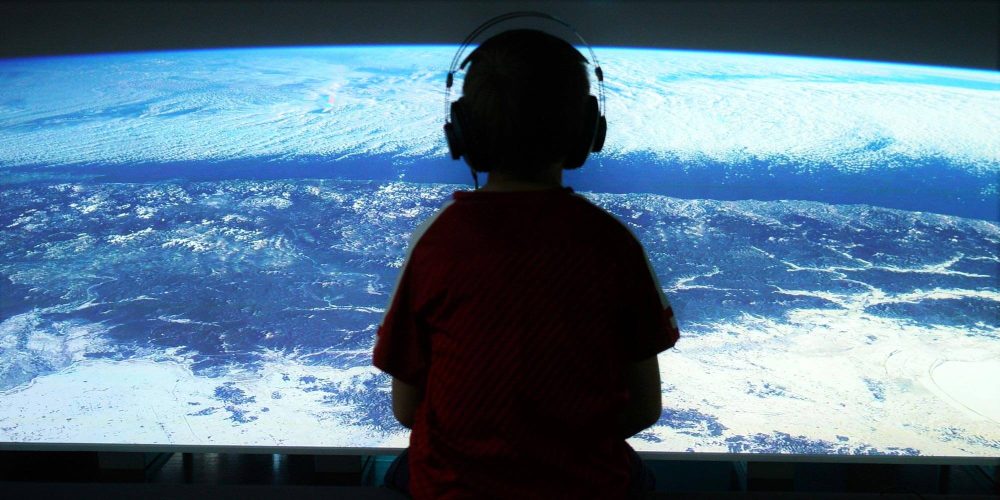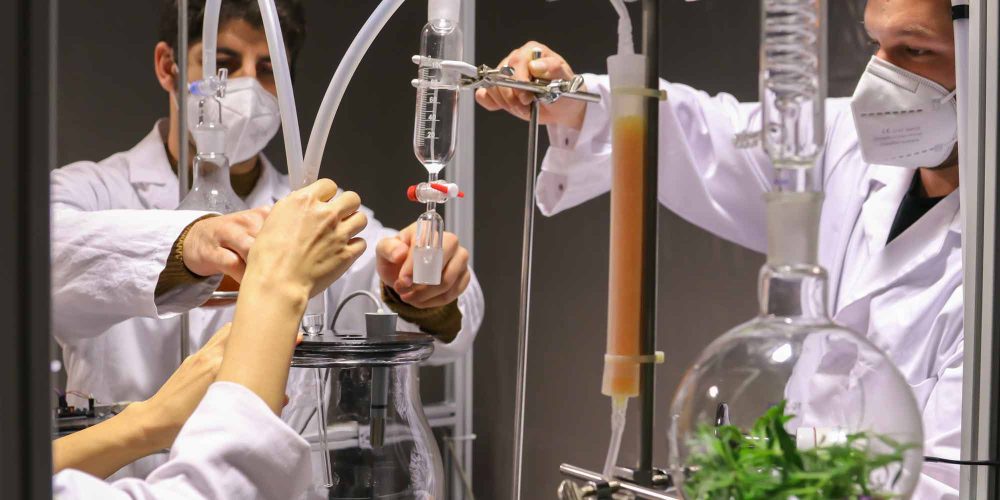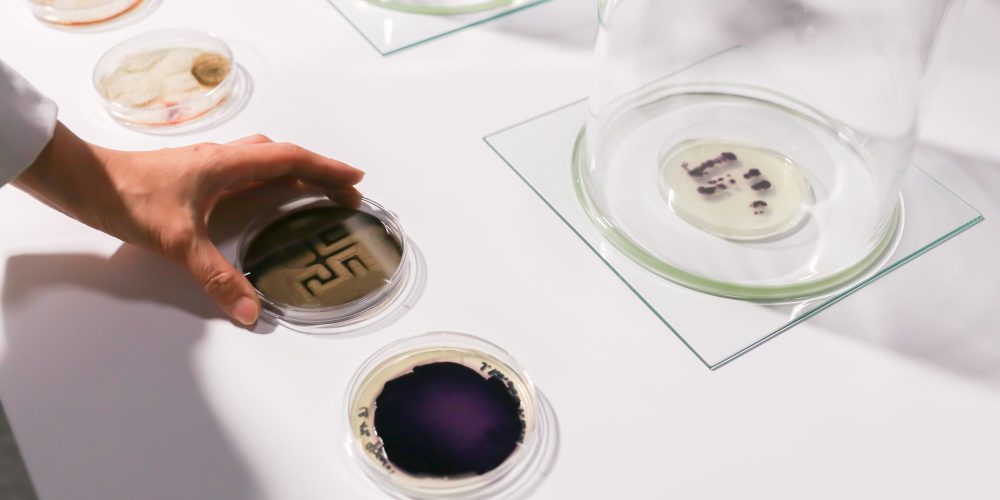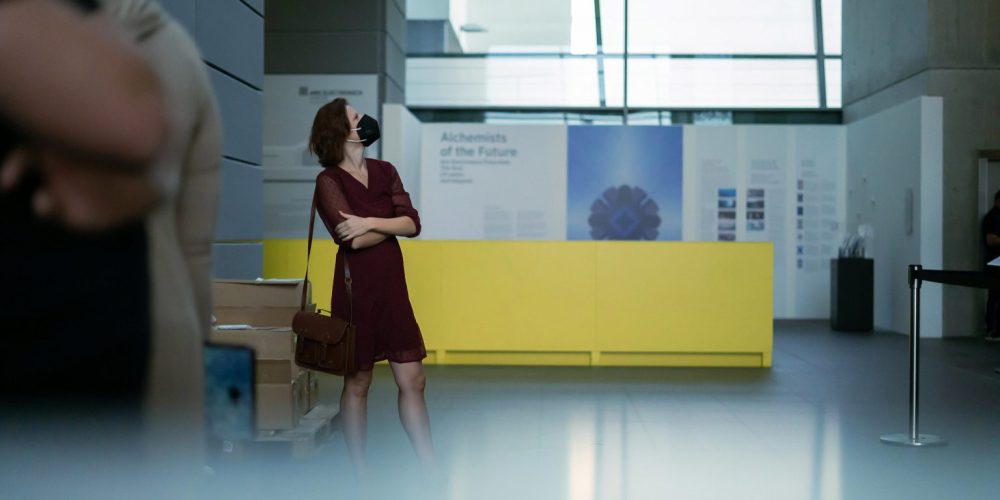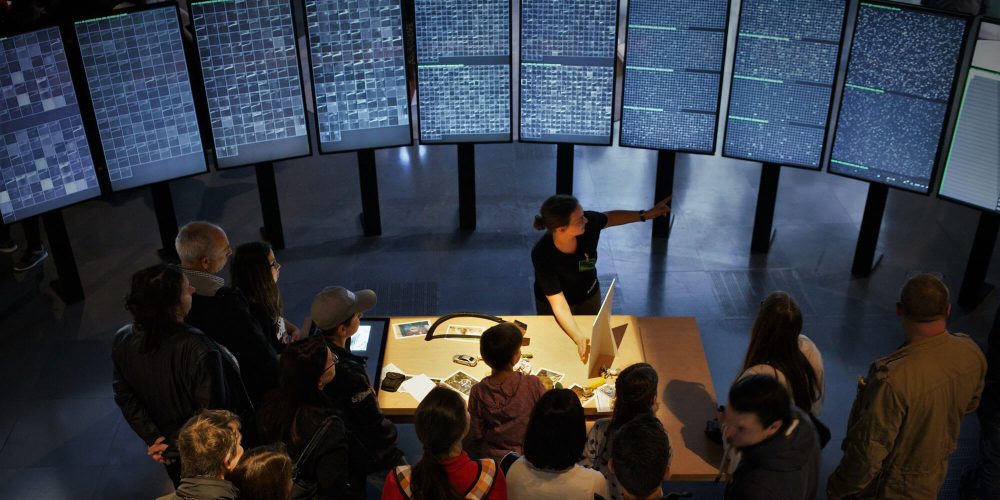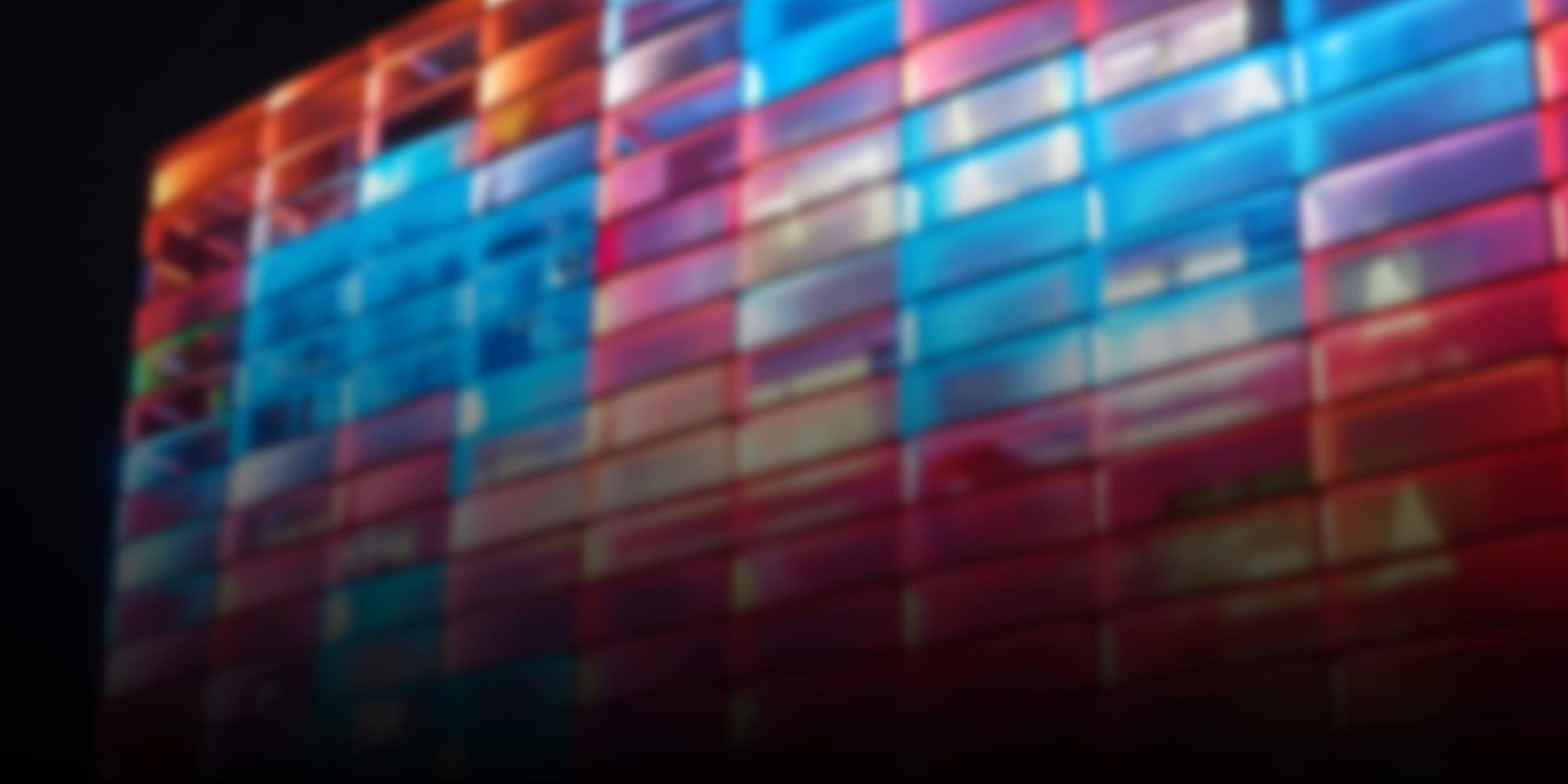
Ars Electronica Center
-
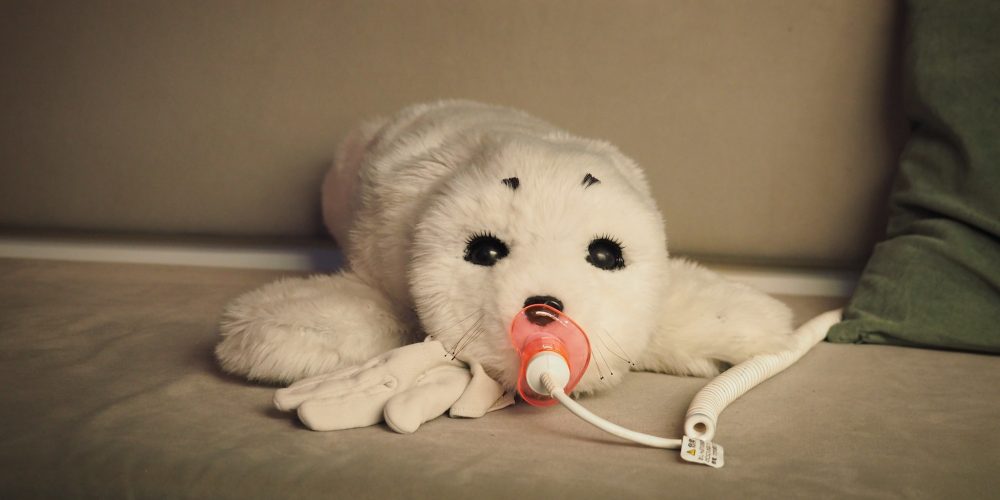
Throwback: Paro the robot seal
Paro, an assistant robot with the appearance of a seal, was a visitor magnet at the Ars Electronica Center for years.
-
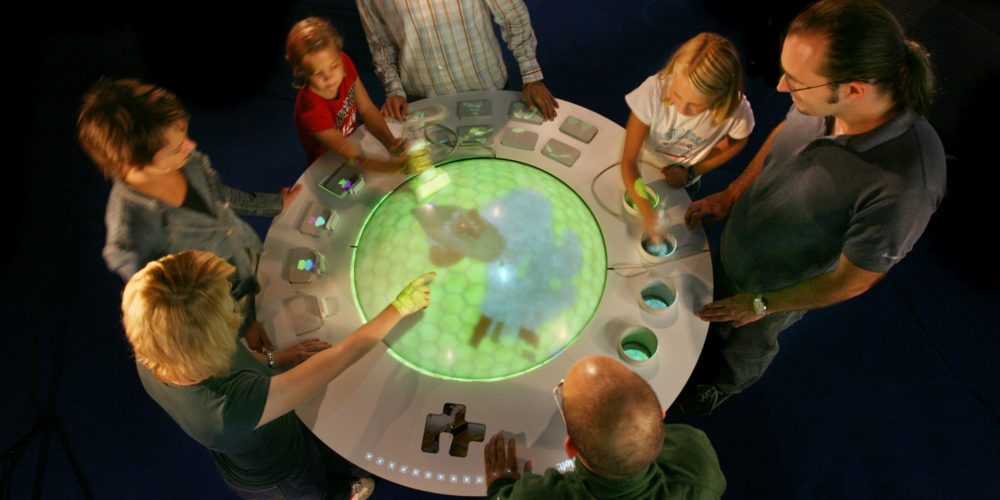
Throwback: Gulliver’s World
Gulliver’s World, the further development of Gulliver’s Box, was a multi-user mixed reality system developed by the Ars Electronica Futurelab.
-
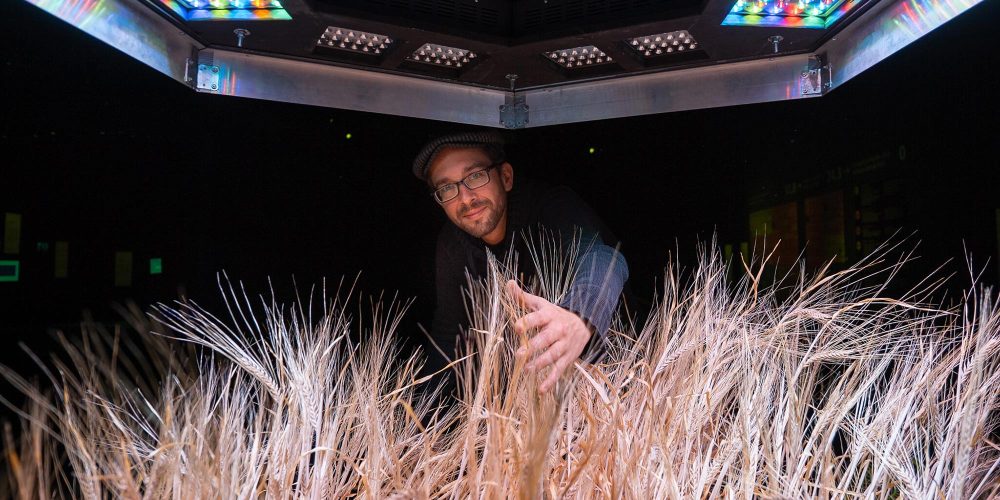
Is it really worth the effort?
Outside is winter, inside we harvest our own grain. Three months we have struggled, spent more than 400 euros, but harvested less than 800 grams of barley.
-
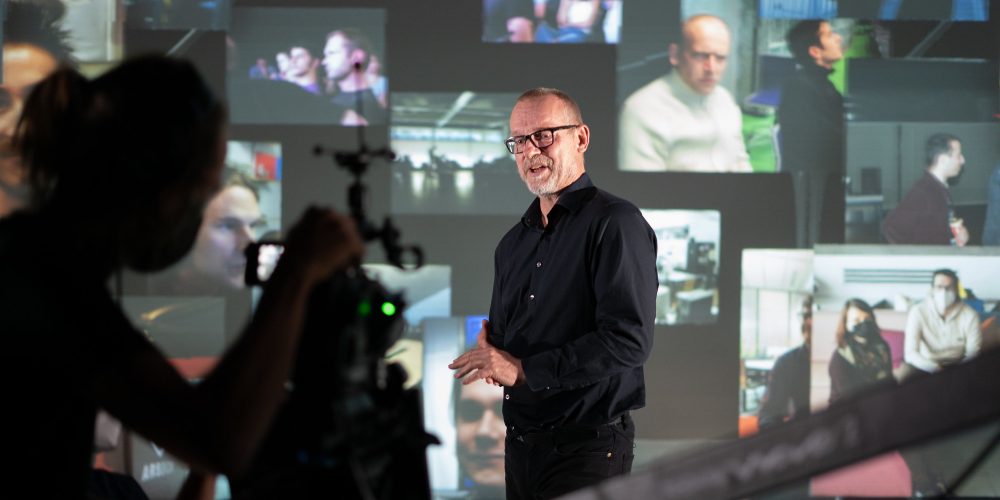
25 years of Futurelab – “What a journey!”
Exhibition, workshops, performances and the question of the future: This is how the Ars Electronica Futurelab celebrated its anniversary on the “Futurelab Day” 2021.
-
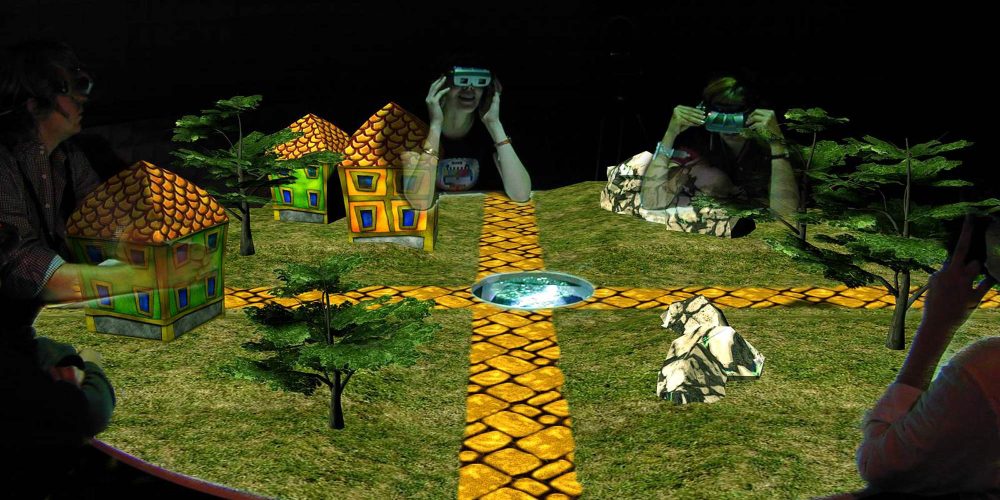
Thowback: Gulliver’s Box
In Gulliver’s Box, the process of creative design, display and perception were brought together in a single environment.
-
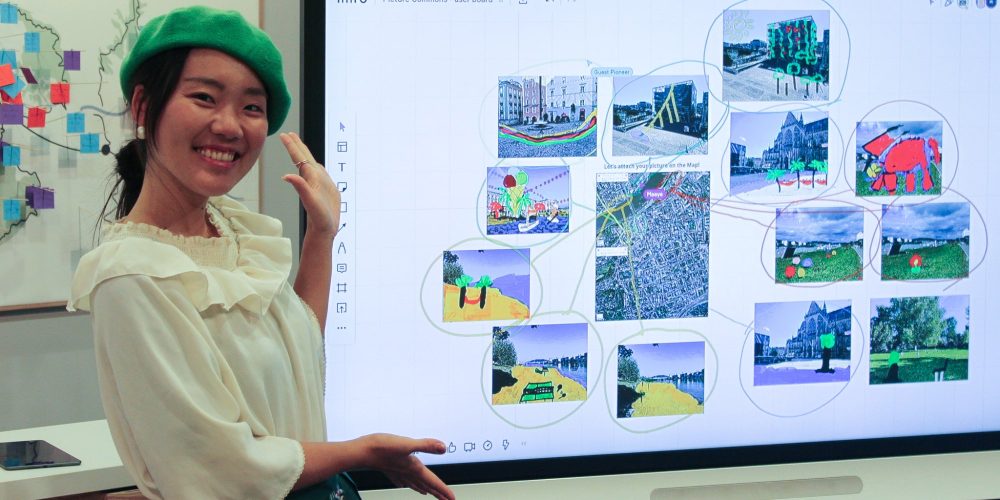
How to manage an organization like Ars Electronica
This is the question posed by participants in a new training program for cultural producers that provides insights into the way Ars Electronica works.
-

Join: What will your life be like in 25 years?
Share your future visions with the world – “Memo Futurum” makes this happen until the end of the year. Only in 2046 they will be recalled.
-
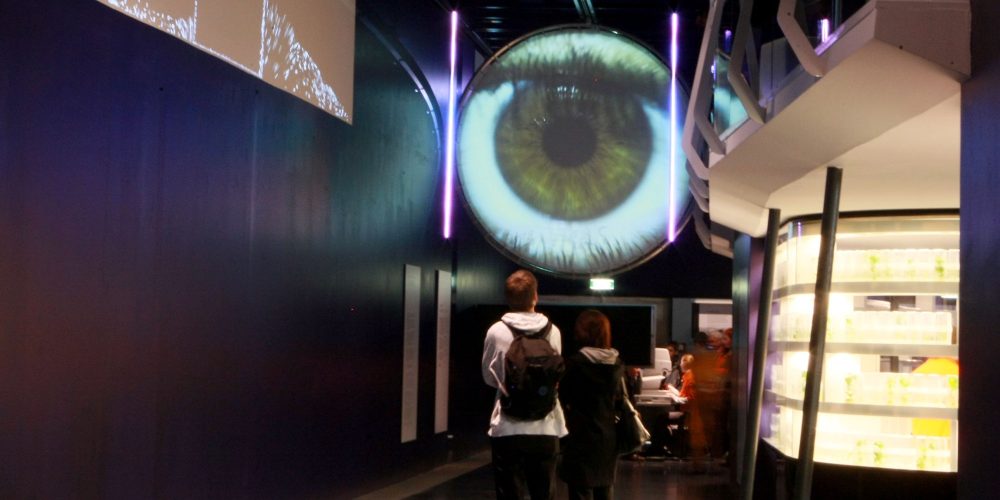
Throwback: The first Ars Electronica Labs
The new Ars Electronica Center in 2009 had not only gained more exhibition space and urban visibility, but had also used the opportunity to completely reinvent itself.
-
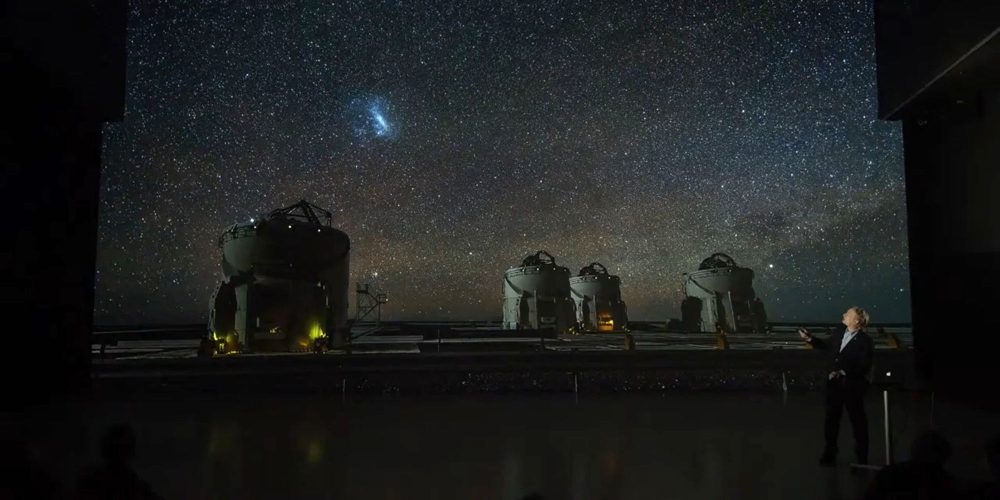
On the Olympus of Modern Astronomy
Astronomer Peter Habison provides insight into the European Southern Observatory (ESO) in Chile – the world’s most productive astronomical observatory. (German language)
-
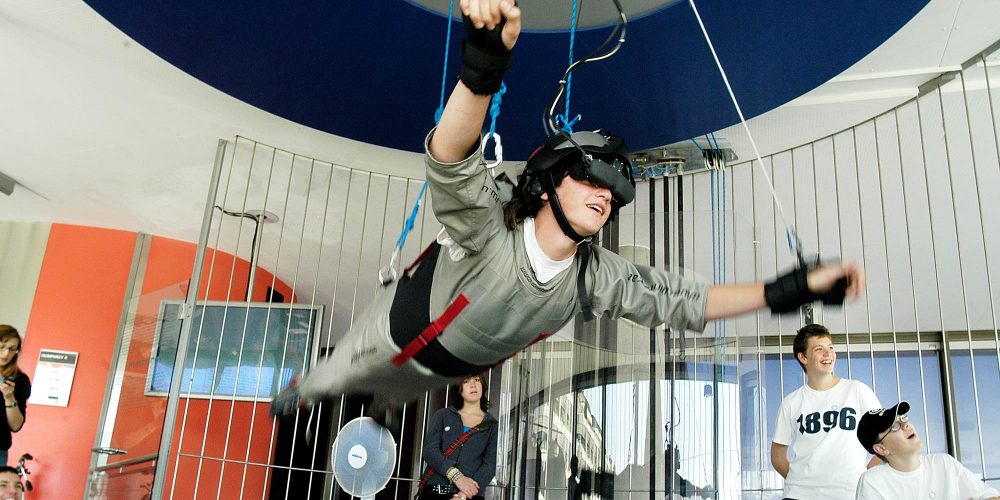
Throwback: Humphrey the flight simulator
Howering just a few meters above the lobby of the Ars Electronica Center, an installation called Humphrey promised a very special kind of experience which was connceted to a deeply human desire.
-
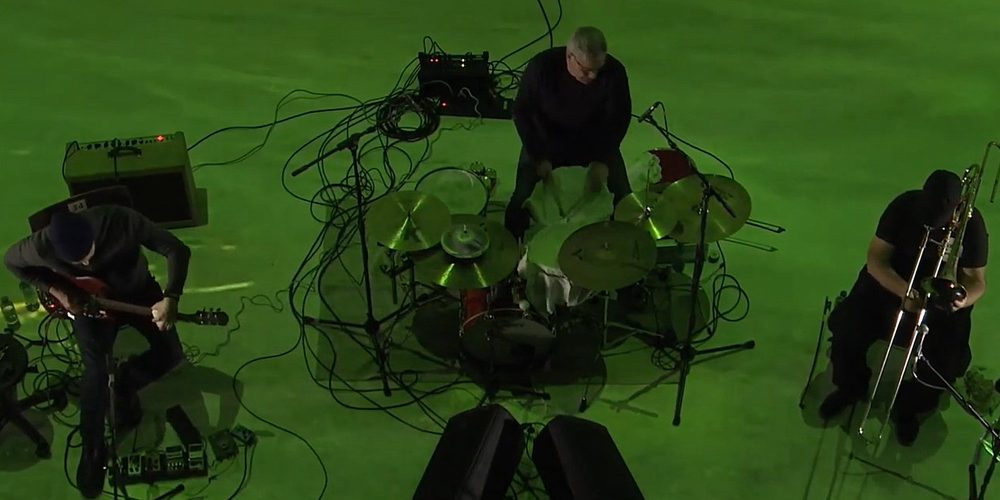
Und Ja, And Yes
Trombonist Werner Puntigam, guitarist Beat Keller and percussionist Georg Wilbertz have come together at the Ars Electronica Center to present their freely improvised chamber music miniatures.
-
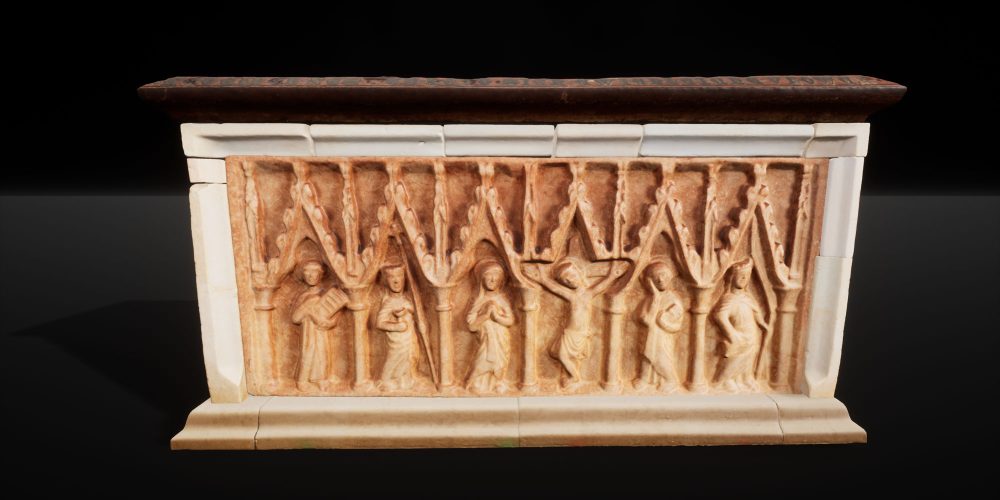
Digitization of cultural heritage
For the most recent digitization project, too, a Gothic tomb from the collegiate church of Wilhering, researchers of the Ars Electronica Futurelab successfully used the non-contact method of photogrammetry.
-
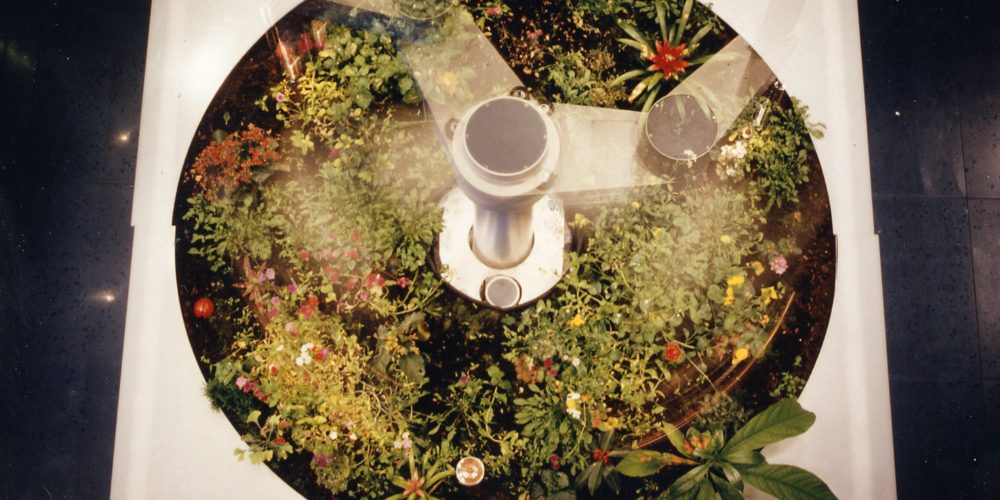
Throwback: Telegarden
The Telegarden was an art installation that allowed web users to plant, water, and monitor the progress of seedlings in a garden from a distance.
-
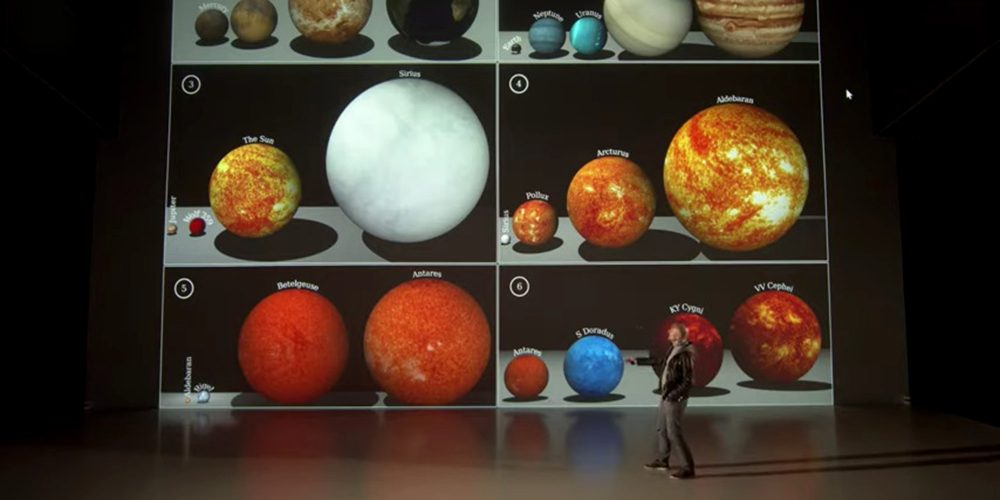
Size Comparisons in the Universe
When it comes to imagining sizes in the universe, we quickly reach our limits. But that should not stop us from not trying.
-
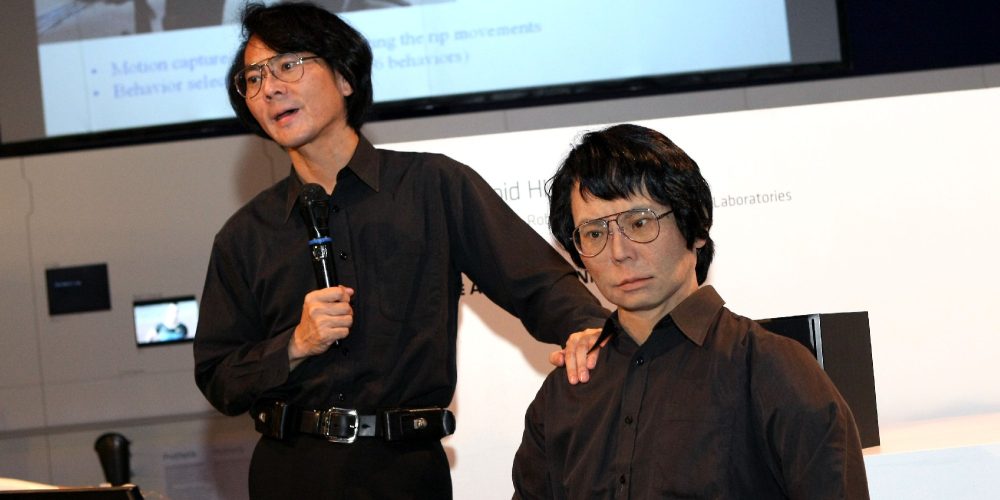
Throwback: Robots and Androids are among us
In 2009 and 2010, the Ars Electronica Center had special visitors of a somewhat different kind.
-

Deep Space LIVE: TEXTA “Mehr oder Weniger”
TEXTA gave an upfront presentation of the new album “Mehr Oder Weniger” at Deep Space 8K on October 1 – accompanied by live visuals of the collective “Tagtool”.
-
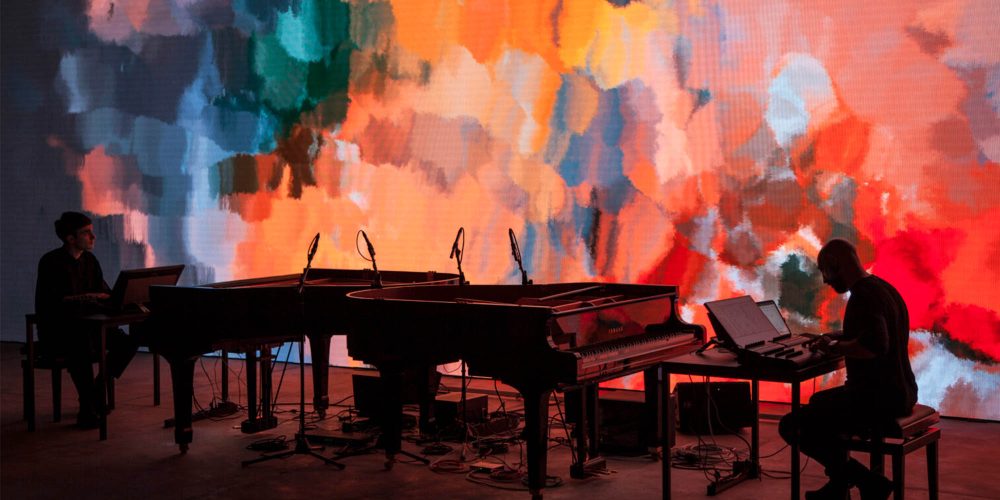
Deep Space 8K: Festival Highlights
It’s time again to introduce you to the spectacular Deep Space 8K festival program! Whether it’s visionary ideas for the future or artistic visualizations on the big screen, there’s something for everyone.
-
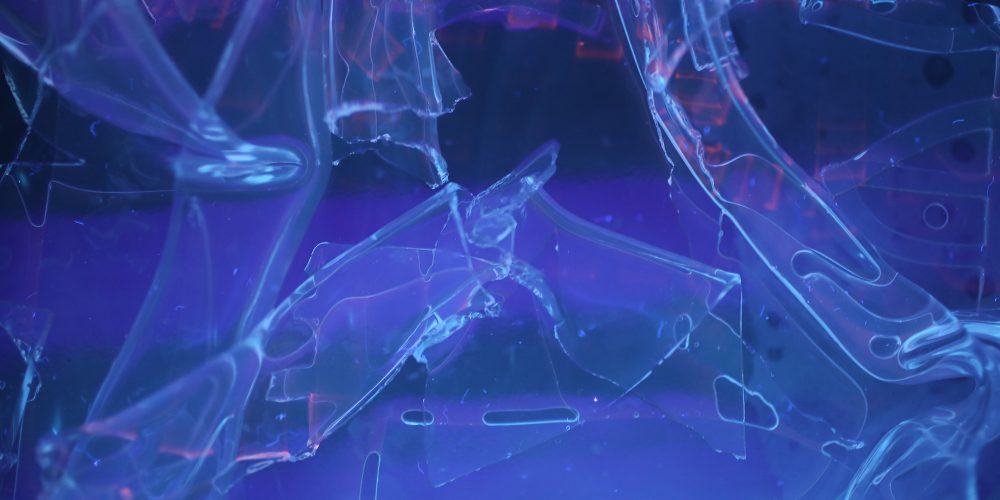
Man, machine and trust
Trust is one of those things. With a bit of luck, we gather more good than bad experiences, fall back into a – trusted – network when we stumble, and can face new experiences positively and without any worries.
-
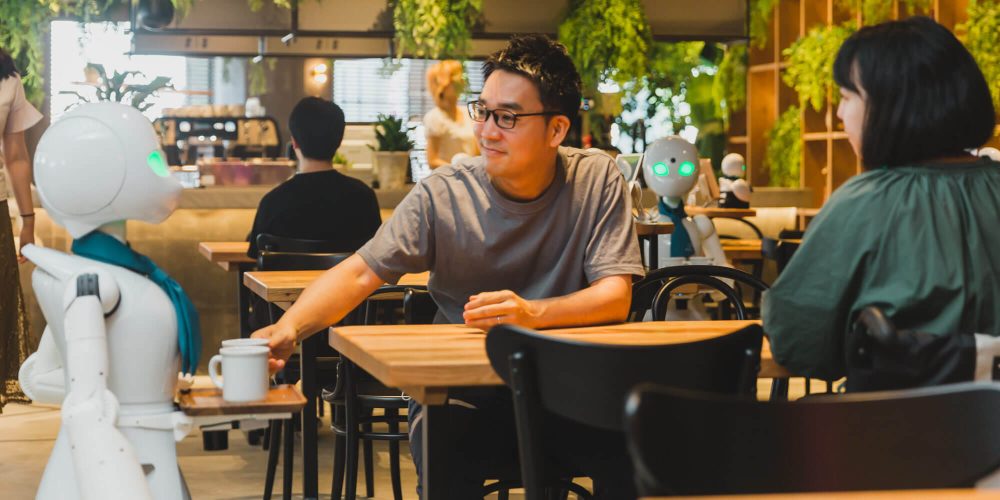
The Future of Work
What could work look like in the future? And how can we work together on the future to make it as fair as possible for everyone?
-
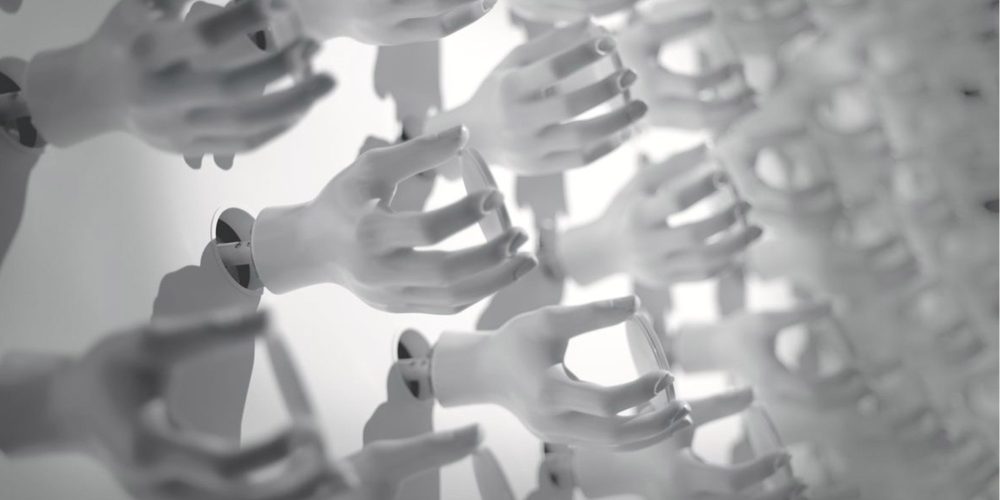
Who owns the world?
Some people think Alexa and Siri only listen when they’re supposed to. Others go to Ars Electronica.
-
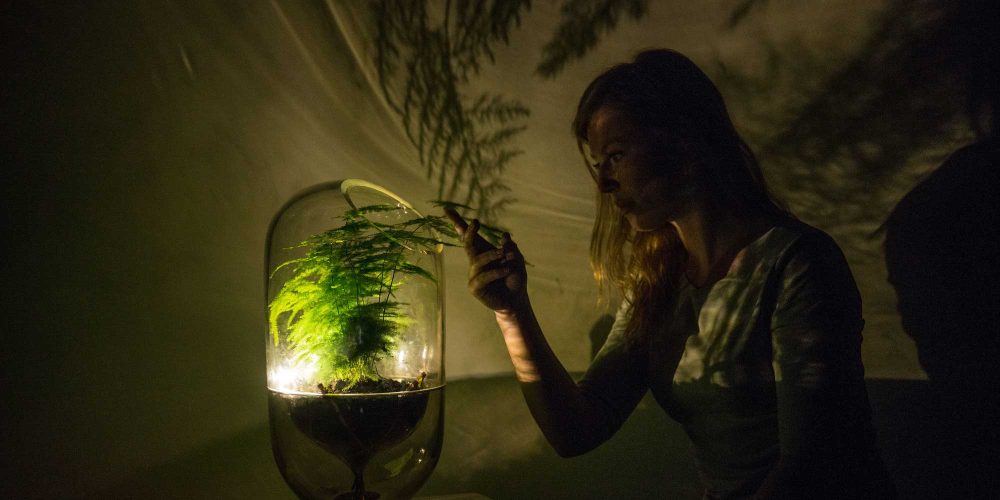
Some people think 2°C is no big deal…
…others go to Ars Electronica. We present you a selection of projects and gardens that deal with questions around the topic of ecology.
-
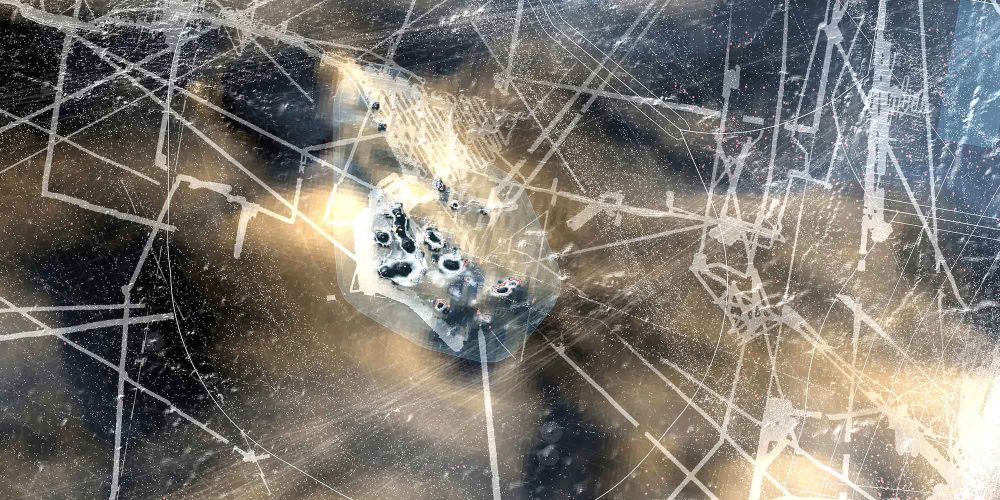
Ars Electronica Festival 2021: A “New Digital Deal” is Needed! (1/2)
From Festival University to Pre-Opening to Innovation Day: these are the highlights of the first days of the Ars Electronica Festival 2021 – A New Digital Deal!
-
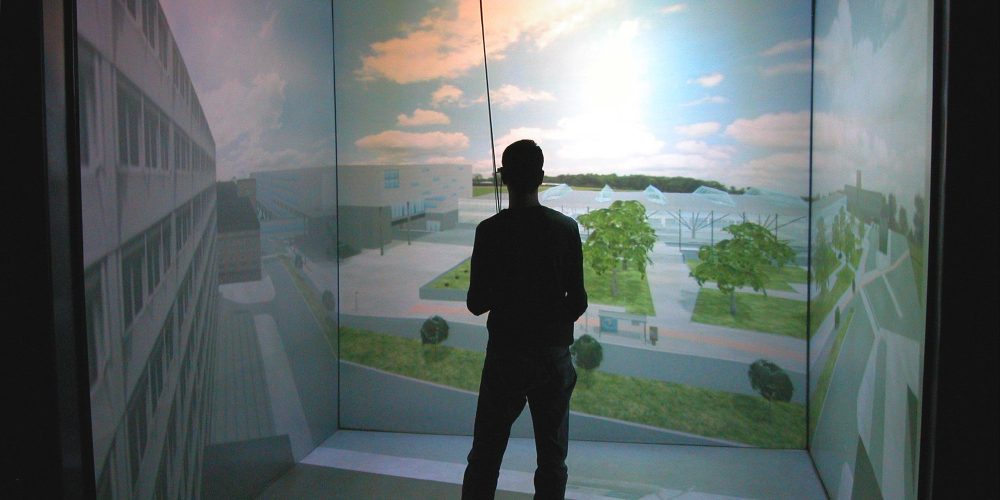
Throwback: The CAVE
In 1996, the CAVE, a room in which you can fly through the air, was created in the recently opened Ars Electronica Center.
